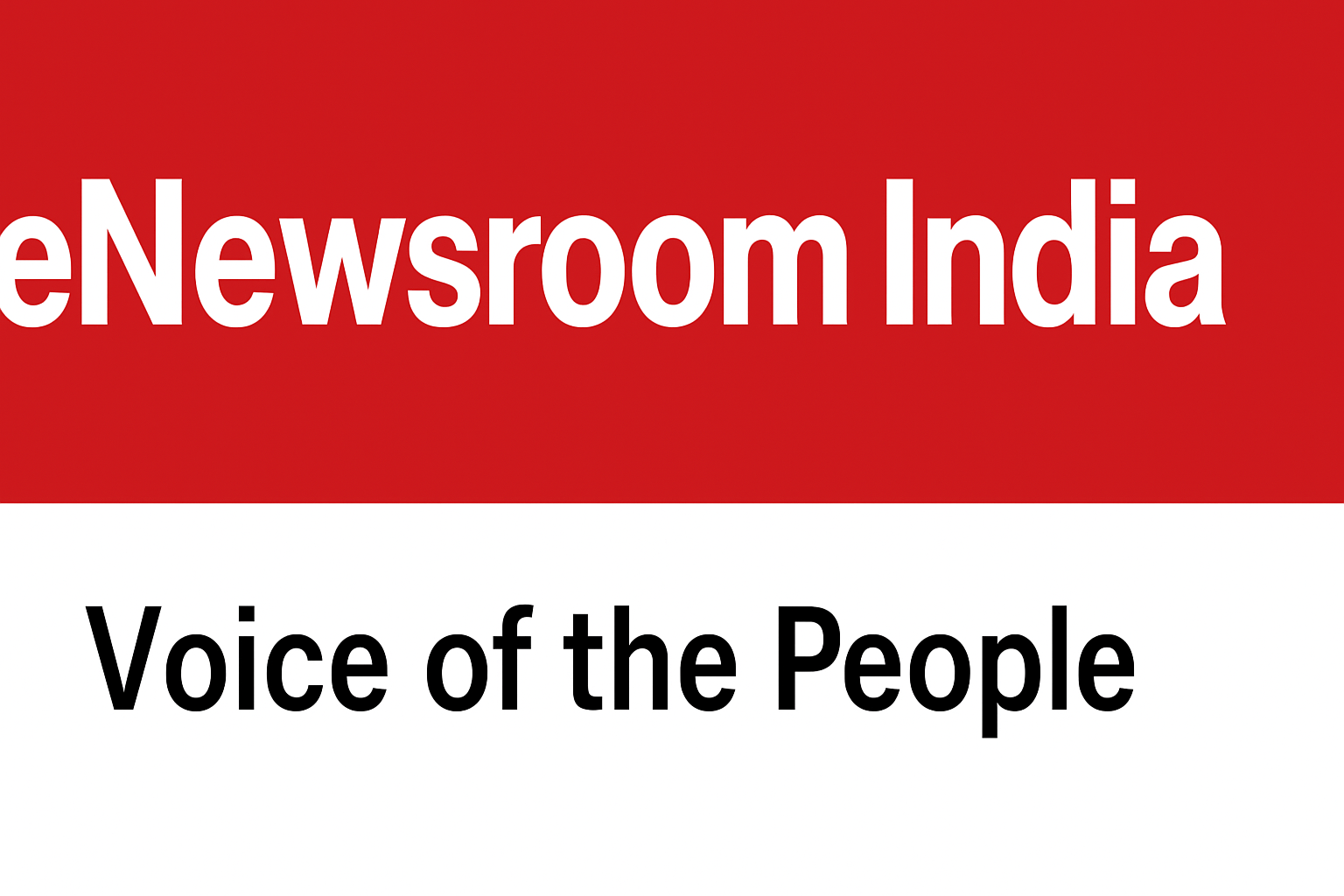[dropcap]A[/dropcap] leftist Lula and a rightist Modi have invited the highest tariff from Trump’s America. Brazil could not have done anything different, given the US President’s impossible demand, but India had honourable options to escape a megalomaniac’s ire.
President Trump’s 25% additional tariff yesterday raised the total US tariff against India to 50 percent. The only other country which faces such an exorbitantly high tariff (50% and above) from Trump’s USA is Brazil. So two leading countries of the Global South are on the firing line of President Trump.
Well, India and Brazil are two contrasting cases as far as the USA is concerned. The US has a whopping $56 billion trading deficit with India, whereas the world’s biggest economy enjoys a trading surplus of $7 billion vis-à-vis Brazil.
Why are both countries placed in the same (worst) category in the US trade offensive? The answer is obvious: for President Trump, the trade war is not an economic tool; it’s a political weapon.
Brazil’s leader, Luiz Lula, is a self-proclaimed ‘leftist leader’, a term anathema to President Trump. For him, leftists are the scum of the earth. He likes the rightist Jair Bolsonaro, the former Brazilian president, who somewhat represents his mirror image. Bolsonaro considers Trump his hero, his role model. Both lost re-election — President Trump in 2020 and President Bolsonaro in 2023 — but both claimed that the elections were rigged and both mobilised the criminals among their supporters to storm their respective national capital buildings to prevent the winners from assuming office.
But just see the difference in the democratic foundations of the two countries: In the US, the judiciary buckled under pressure; Trump didn’t face jail for a single day; he returned to power four years later. Bolsonaro is facing prosecution because the judicial spine in Brazil is intact; the rabble rouser is under house arrest and is likely to be convicted and spend long years in prison.
Trump has imposed a 50% tariff on a country with which the US has a positive trade balance only because his demand to the Brazilian authorities to release Bolsonaro and drop charges against him has not been heeded. “Mr Trump perhaps does not know that here in Brazil, the judiciary is independent”, has been the forthright response of President Lula.
That explains President Trump’s ire.
Take the other case: Prime Minister Modi is cut from the same cloth as President Trump: both are rightists. Both are ideological twins; both preside over plutocratic regimes. Then why is Trump firing on all cylinders against Modi’s India? That’s because of the Modi government’s fatal miscalculation, post-Operation Sindoor ceasefire, when India refused to acknowledge President Trump’s role in mediating a cessation of hostilities between the two warring nations — India and Pakistan. An enraged Trump is using all pretexts (Russian oil is a red herring) to punish India.
Could there be a way out? In Brazil’s case, it was an impossible demand to concede: to abjure all judicial processes to release a criminal and drop charges against him would have been suicidal for the country’s sovereignty.
But, in India’s case, it was a sheer diplomatic faux pas. It was uncharitable on our part not to state that the Trump team was engaged in talking to both India and Pakistan during Operation Sindoor. That President Trump announced the ceasefire decision on May 10, almost half an hour before India and Pakistan did, makes it clear to the world that the US mediated the peace process. Such an acknowledgement would not have diminished India’s stature, had it been phrased in a diplomatically savvy manner.
India could have very well said: the US carried the message to us that Pakistan was desperate to cease hostilities, and we should consider it; we did because destroying terror camps was our aim, not a war with Pakistan, and we had achieved that goal. That way, we would have diplomatically held our heads high; President Trump would have been suitably appeased as well.
Modi’s India became a prisoner of the Cold War rhetoric — that of no mediation by any third party in the Indo-Pak conflict. Even after the Cold War ended, India was stuck with it. It could get away with all these years with this because the previous US presidents were not keen to shout from the housetop to claim credit. President Clinton had intervened in the Kargil war and chastised Pakistan to back down. Even President Trump, during his first term, had prevailed upon Pakistan to release the Indian fighter pilot Abhinandan Varthaman, whose plane had crash-landed in the enemy territory during the Balakot strike. But the US president then had not gone to town seeking endorsement. But this time, in his 2nd term, President Trump is insistent that he be credited with facilitating a rapprochement between the two warring countries so that he could claim his dream trophy: the Nobel Peace Prize.
India paid a big price for refusing to grant President Trump his due.


